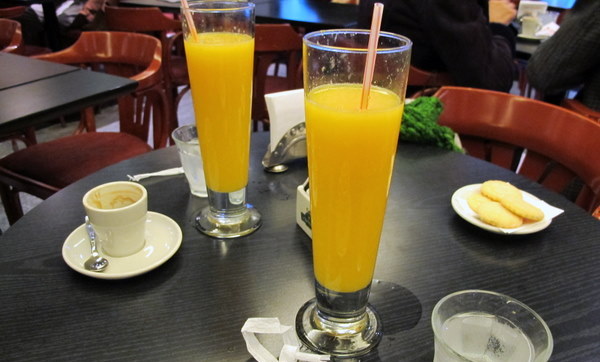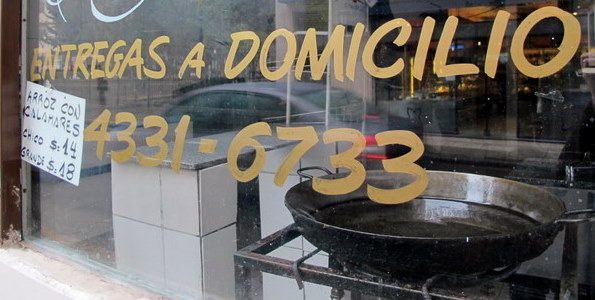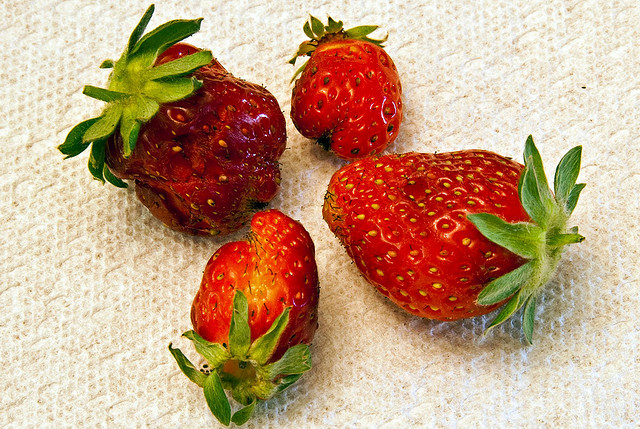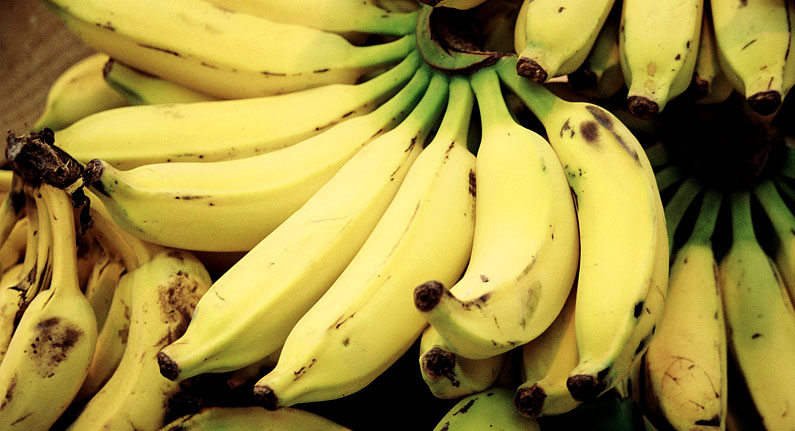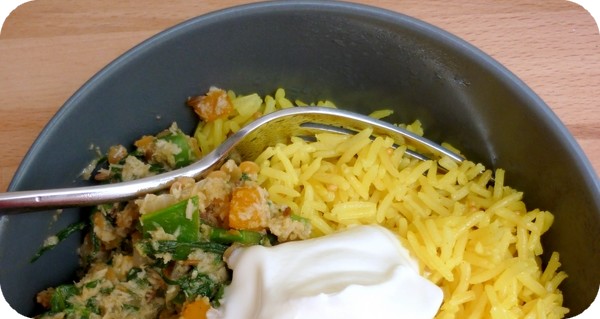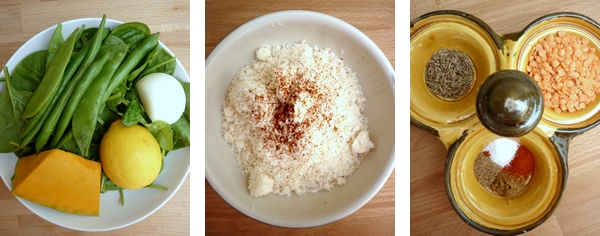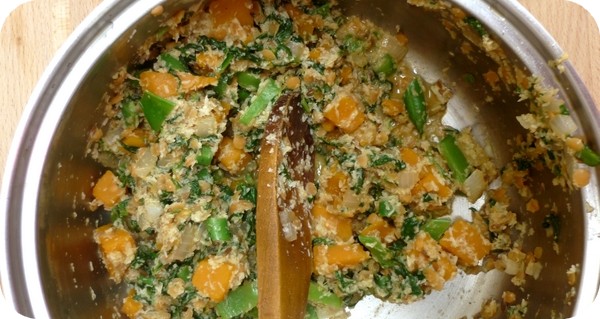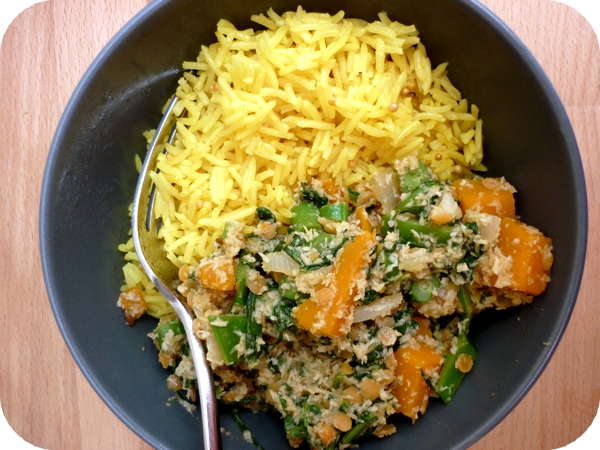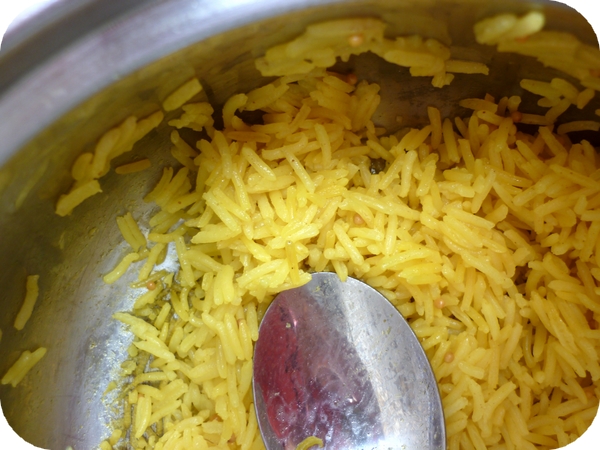1. The Presentation of all things Food
Crisp white tablecloths without paper covers. The old-world charm of BA restaurants. And more recently, the beautifully arranged fruit and vegetable stands in every neighbourhood. Although the aesthetic can be homogeneous, there is something lovely about the Porteños’ eye for detail when it comes to food.
2. Cake is sold by weight
In panaderias, smaller cakes, pastries and biscuits from medialunas (small croissants or ‘half moons’) factures to alfajores are often sold by weight rather than quantity. There’s something very decadent about ordering half a kilo of a combination of meringue, dulce de leche and sponge cake to take away.
3. Fresh OJ
Fresh Orange juice is like running water here and not, in the words of Basil Fawlty, ‘rather sticky’. Cafés, restaurants and confiterias all make and serve it, as do some convenience stores and market stalls. It makes that breakfast of coffee and pastry seem a tad more balanced.
4. Garapiñadas
These sugar-coated nuts, usually peanuts or almonds, are cooked and sold by the side of the road in autumn and winter. In the mornings you can see the vendors wheeling their carts to their allocated spots for the day. It’s the kind of snack that is considered gourmet and is expensive where I come from, but here in Buenos Aires a small packet of garapiñadas costs only 2 or 3 pesos (about 50 Aussie cents). Freshly made and with fresh peanuts, they are more addictive than peanut butter. And since peanut butter doesn’t really exist here, they make a tasty substitute.
5. Delivery
One of the most fantastic things about this city, besides most restaurants being open until around 2:00 am is that practically anything you want can be delivered. You want empanadas at midnight? Done. A coffee and a medialuna at 10:00 am? No worries. Most shopfronts have their phone number displayed so that customer can ring up and order what they like. It’s not uncommon to see waiters with a covered tray in hand dodging traffic as they try not to spill coffee for someone a few doors down. There’s no minimum delivery and no delivery charge.
I am ashamed to admit that the only thing I remember of Cyclone Larry is that it meant I could no longer afford bananas. Suddenly they were a luxury item at around $14/kilo. I remember the café I worked at having to pay more for a loaf of banana bread than I’ve seen before or since. What I didn’t know at the time was that my definition of banana may differ from that of the major supermarkets. But more on that later.
With all these natural disasters recently, there seems to be one issue (besides donations and tax levies) that the media uses to relate to those of us on the outside looking in: food prices. Articles on the impact of flooding and cyclone Yasi on fruit, vegetable and sugar cane crops in the immediate future and on the price of winter produce in the months to come, not to mention the loss to our coal and tourism industries, abound.
Obviously, fears are always more newsworthy than assurances. Various experts with clashing opinions are consulted, from economists to heads of major corporations to government officials, all asked to comment on or forecast the impact of these disasters on the average Australian household. Statistics are wheeled out, requoted, tweeted and blogged as people attempt to arm themselves with fact as a way of warding off impending doom.
Right now its guesstimate city as to what the outcome will be, but as Queensland accounts for 28% of Australia’s fruit and vegetable production, there is no doubt that there will be an impact. Lettuce, tomatoes, bananas and sugar cane will be affected. According to The Sydney Morning Herald, 60% of Australia’s sweet potato, spring onions, mandarins and zucchini and 80% of Australia’s beetroot comes from flood-affected areas. For these items and more, experts are suggesting substitution (for example, using cabbages instead of lettuce), but warn that the ability to substitute produce will lessen as supplies dwindle and that paying more for fresh produce is inevitable.
Just to make it a tad more complex, experts have pointed out that prices had already increased quite significantly from September to December for reasons wholly unrelated to natural disasters. On top of that, even after that impact of the floods and cyclone passes, prices will continue to climb, as rapid growth of immerging economies increases the demand for food.
For an added level of complexity, Coles and Woolworths have ‘relaxed’ their prohibitive quality standards when it comes to appearance, meaning that so-called ‘ugly’ fruit will be temporarily permitted on their pristine shelves. This practice forces us to question the value of such standards and whether it leads to artificial inflation of prices in major supermarkets. Farmers have long argued that there is actually an oversupply of produce on the market, but the major supermarkets reject it on cosmetic grounds, with farmers often overproducing to get perfect fruit and then selling off the excess at a discounted price. According to Brisbane website foodconnect, each year 100,000 tonnes of bananas are chopped up and spread over banana plantations as fertiliser.
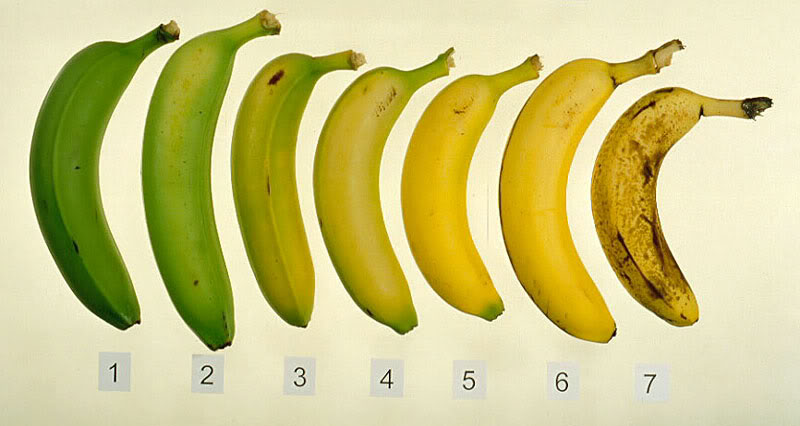
Scale of banana ripeness- not a feature considered in determining banana grading. Image courtesy of ergunter.
If I were a proper food blogger, I’d give you a recipe right now using cheap, non-flood affected produce and wait for all the commenters to compliment me on my ingenuity. Or I’d tell you all to start growing your own lettuce/tomatoes/bananas/sugarcane, lazy so-and-sos. Or I’d extol the virtues of farmers markets, claiming that the Duopoly of Australian Supermarkets is evil and anyone who shops there just as bad. But none of that is for me. What I will suggest is that you read the specs for Woolworths Grade 1 bananas here and have a think about whether or not any of them seem relevant to you. These are the kind of framesorks that determint what we see on our supermarket shelves, and what get used as fertiliser.
There are these very rare moments where you stumble across something you never expected, a hidden gem. Even better are those times when someone lets you in on their little secret…
On a recent visit to Canberra, my Mum took me to the Aru Padai Murugan Temple, a Hindu temple in Torrens. To raise money for the construction of the temple they open a canteen every Saturday selling Sri Lankan food, much like the Sri Venkateswara Temple in Helensburgh does.
The food was crazy delicious, not to mention crazy cheap. The dish that really stood out for me was spinach with coconut. This is a tad strange because I’m not normally much of a coconut person, for example, I don’t really like lamingtons all that much. But this vivid green, plain salty dish won my heart and made me realise I actually love coconut in it savoury incarnations. So I did what all of us do in this situation and googled the hell out of Sri Lankan spinach recipes until I found on that fit the bill.
The great thing about this recipe, besides it being quick, easy, vegetarian and high in iron is that (if you have spinach in the freezer) you may have all the ingredients on hand, which makes it great for when you don’t feel like shopping. I served it with basmati rice cooked by the absorption method (directions below) and a big dollop of greek yogurt.
Spinach with Coconut
(makes 2 generous servings)
Canola oil
½ an onion, finely chopped
80g potato or pumpkin, cubed (optional)
½ teaspoon cumin seeds
¼ teaspoon ground cumin
¼ teaspoon ground coriander
¼ teaspoon ground paprika
1 Tablespoon of red lentils
150g spinach, fresh or frozen, finely chopped
A handful of beans or snowpeas, finely chopped (optional)
Salt
Up to 1 cup stock or water
½ cup dessicated coconut
A smidgen of ground cayenne pepper
Parboil the potatos/pumpkin and lentils for 5 minutes, drain and set aside.
Heat oil and cook onion, cumin seeds, lentils and potato or pumpkin (if using) for 5 minutes with a pinch of salt to prevent browning.
Add some liquid and cook for another 5 minutes or until everything is soft.
Add all remaining ingredients and cook until spinach is soft. Serve with yellow rice.
‘Yellow Rice’
½ cup basmati rice
¼ teaspoon mustard seeds (optional)
Canola oil
Salt
Turmeric, for colour
1½ cups water
Heat oil in the pan on high heat and add rice and mustard seeds. Toast until seeds start to ‘pop’.
Add all other ingredients and immediately turn heat down as low as possible. Once rice is simmering just a tiny bit, put lid on and cook for 15 minutes. Leave pan on the stove with the heat turned off for another 5 minutes.
Do you have any food discoveries to share?
About me
 Sharing easy recipes, hunting down the best coffee. Honest accounts, nothing too serious. Read more...
Sharing easy recipes, hunting down the best coffee. Honest accounts, nothing too serious. Read more...Recent Posts
- Aerpress means no more shit #travelcoffee and #workcoffee
- Why I write and four ace bloggers who do it better
- The five best things I ate in London
- Shoreditch is awesome, airports are not
- I quit sugar? Do I bollocks.
- Cubao Street Food, Alexandria
- The Reformatory Caffeine Lab, Surry Hills
- Brewtown Newtown
- Stay caffeinated over Christmas
- Gumption by Coffee Alchemy, Sydney CBD
Popular posts this month…
 Review – Philips Saeco Intelia posted on January 10, 2012
Review – Philips Saeco Intelia posted on January 10, 2012  Sparkling Long Black posted on May 10, 2011
Sparkling Long Black posted on May 10, 2011  Kosher Whole Orange Cake posted on July 5, 2011
Kosher Whole Orange Cake posted on July 5, 2011  Vella Nero Coffee Couture, Sydney CBD posted on June 28, 2011
Vella Nero Coffee Couture, Sydney CBD posted on June 28, 2011 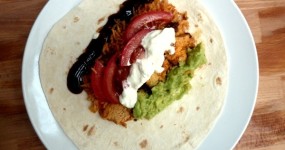 The quest for Mex part 2 – Feisty Chicken Burritos posted on December 21, 2010
The quest for Mex part 2 – Feisty Chicken Burritos posted on December 21, 2010  Fairy Bread posted on March 11, 2011
Fairy Bread posted on March 11, 2011  Gumption by Coffee Alchemy, Sydney CBD posted on December 13, 2013
Gumption by Coffee Alchemy, Sydney CBD posted on December 13, 2013  Café review – Flint and Steel (Coffee Alchemy), Marrickville posted on March 1, 2011
Café review – Flint and Steel (Coffee Alchemy), Marrickville posted on March 1, 2011
Disclaimer:
All opinions in this blog are mine, an everyday, real-life person. I do not accept payment for reviews and nor do I write sponsored posts. I do not endorse the content of the comments herein.



